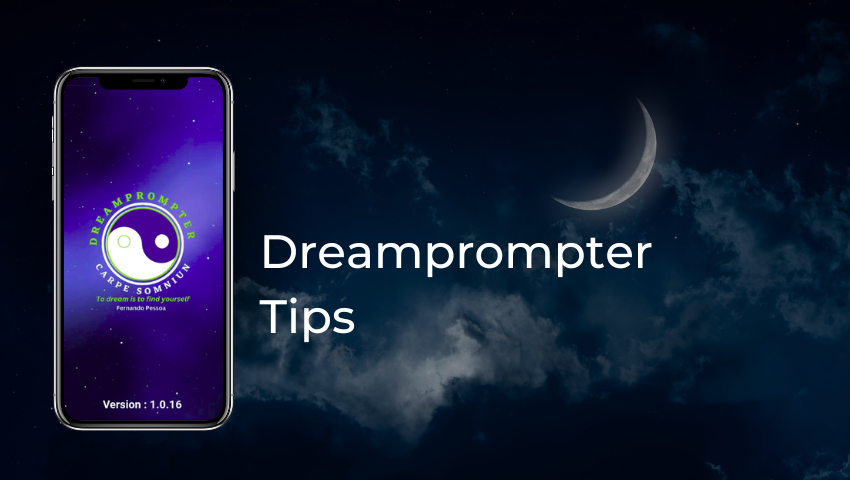The current consensus among leading sleep researchers is that everyone dreams all night and during naps; these images are primarily defensive, rehearsing events, individuals, or places which we anxiously face or have caused fear . . . in order that they not overwhelm us later. While this psychological immune system is perfectly natural, with current concerns featured in detail, it often replays incidents long past, those imprinted so deeply their pain has registered for life. But how might such a powerful warning process be utilized for more immediate benefit, readying the dreamer to manage daily demands with effective solutions? A major scientific breakthrough has now developed technology which effectively, consistently, and safely addresses this critical need.
Over the last several decades cognition and behavior have been undergoing major redefinitions, with these explanations generally more complex than before. Science now understands that the influences which lead us to arrive at beneficial ideas or lifestyles include numerous sources not previously considered. Especially effective is the power of suggestion applied through novel means. Dreamprompter proposes a unique approach based upon recent sleep studies.

Unlike our ancestral cultures where each morning brought requisite retelling, modern societies downplay dreams, discouraging children from any focus upon their sleeptime experiences thereby making recall difficult if not impossible—rich images soon fade, essential lessons go unlearned, fascinating adventures are lost forever . . . hence an impoverishing habit begins. Dreamprompter reverses this deprivation, expands life’s meanings, helps us cope and create; why not more deeply explore yourself—that infinite universe of your elusive inner twins.
Because dreams have been found to occur continuously throughout sleep and their content influenced by external stimuli—especially the dreamer’s own voice—Dreamprompter employs these factors as a methodology to enhance the homeostatic nature of dreams, concentrating them more specifically for the sleeper’s immediate and long-term wellbeing. In essence a governor of nocturnal or naptime data processing by the brain, it permits resolution of immediate personal issues as well as concerns from even the distant past; informed planning for future actions and individualized entertainment are additional benefits limited only by imagination, allowing dreams to feature any person living or not—friend, relative, celebrity—travel worldwide or fanciful, embody any theme.
Programmed with a mobile device app, recorded vocal messages are played from a speaker during sleep at preset intervals, thereby repeatedly focusing dreams upon the spoken subject matter. Before sleep, a user simply records in a soft voice or whisper their own prompt, regulating its length, number of repetitions, the playing schedule in minutes or hours, and sound volume; with this short cue reiterated several times, it then recurs at preselected points during sleep in a low but subliminally discernible level from the app device situated near the sleeper. Dreams then incorporate what their most intimate influence has provided—topics which evoke relevant responses from all levels of a dreamer’s data storage, the richest personal resource.
Welcome to your secret selves . . .




